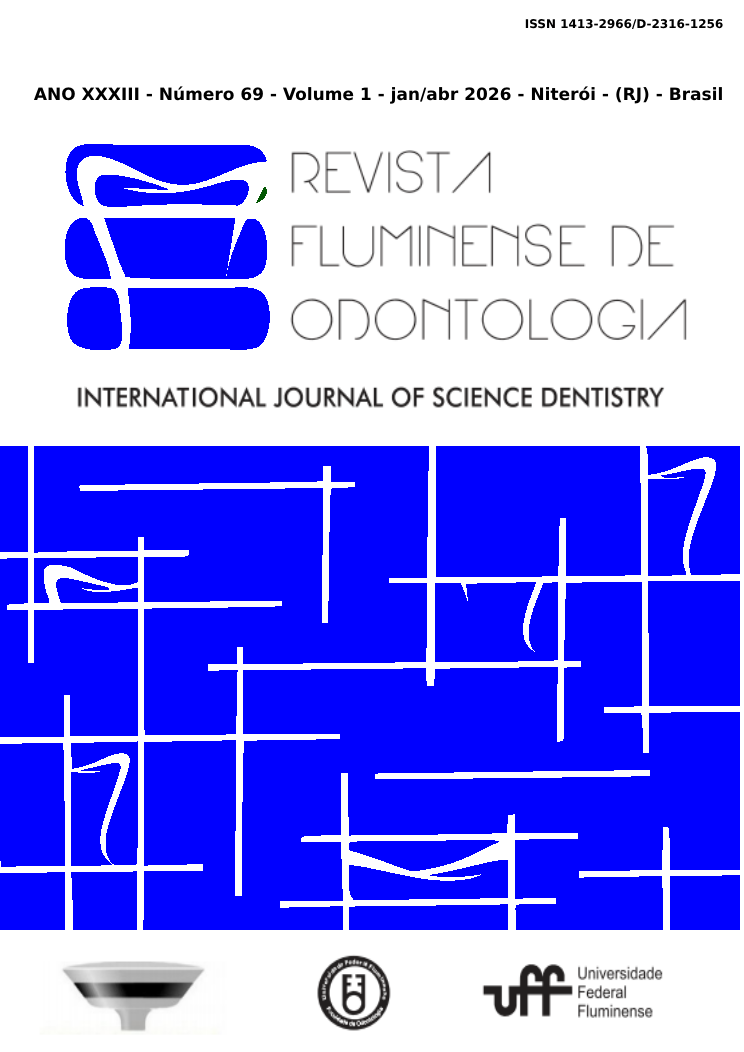Approach of the dentist surgeon in the face of the diagnosis of child sexual abuse: narrative review of the literature
DOI:
https://doi.org/10.22409/ijosd.v1i69.63723Abstract
Child Sexual Abuse (CSA) is one of the greatest global public health problems. In Brazil, there were 66,123 reported cases in 2019 alone. CSA can have orofacial consequences. Therefore, the objective of this study is to highlight the important role of dentists in the diagnosis and reporting of suspected CSA, as required by law. Evidence of physical and sexual abuse often manifests in the orofacial region, making dentists among the first to notice these concerning signs. This study is a narrative literature review, conducted by searching scientific articles in the databases: SciELO, BVS, PubMed, and Google Scholar. The search strategy incorporated keywords in English and Portuguese, including "childhood sexual abuse," "child sexual abuse," "dentistry," "sexual abuse," "sexual abuse in childhood," and "dentistry," articulated using the Boolean operators "AND" and "OR." The studies indicate that the most common injuries in cases of physical abuse include lacerations of soft tissues, tooth avulsion, bruises, and cigarette burns. Additionally, oral manifestations of sexual abuse may include infections such as gonorrhea, syphilis, condyloma acuminatum, herpes types I and II, as well as secondary hemorrhagic lesions. In summary, the diagnosis of child sexual abuse in the orofacial region, although challenging, underscores the critical role of dentists as key players in the protection and proper referral of child victims of sexual abuse.
Keywords: Child sexual abuse, Child sexual abuse, Dentistry.





